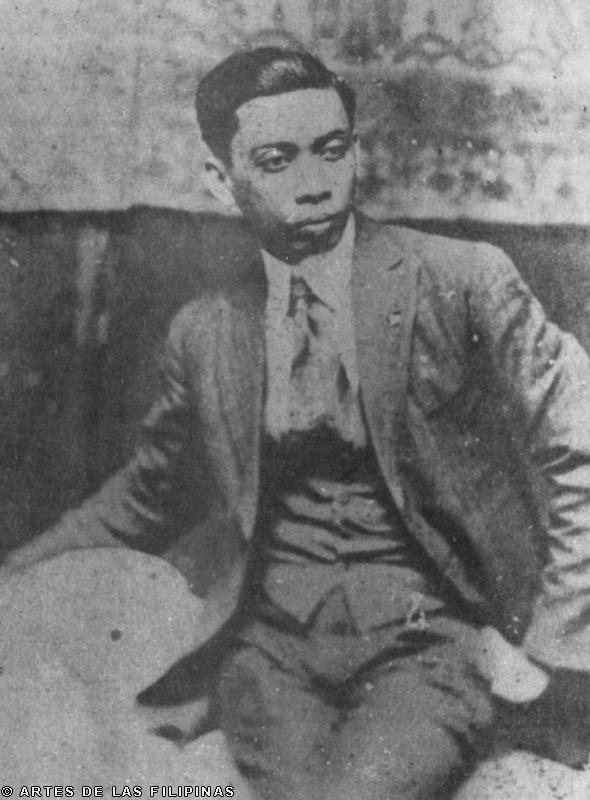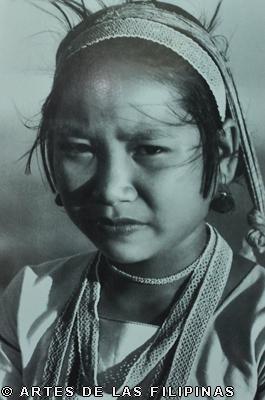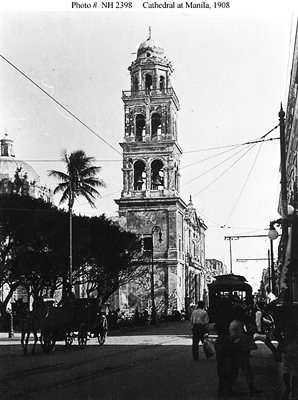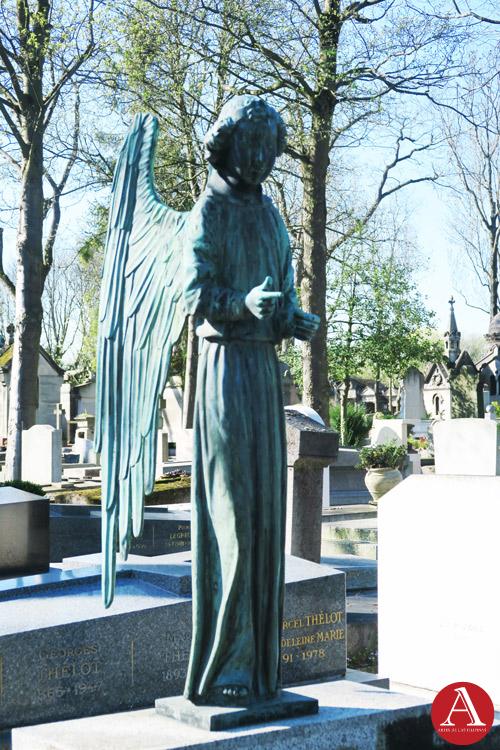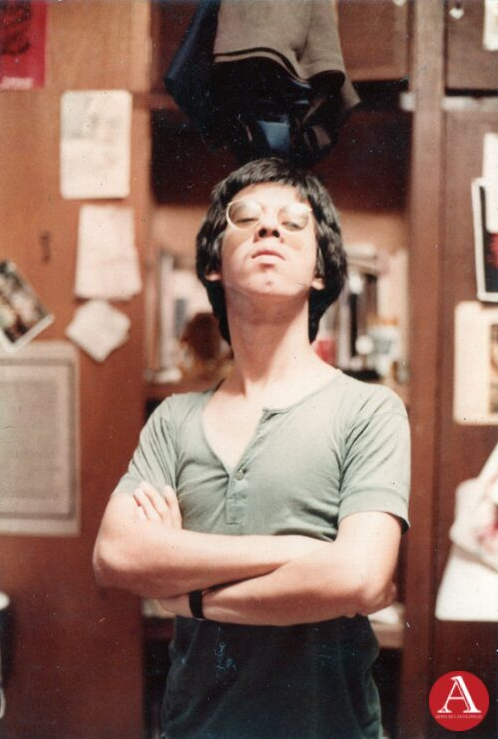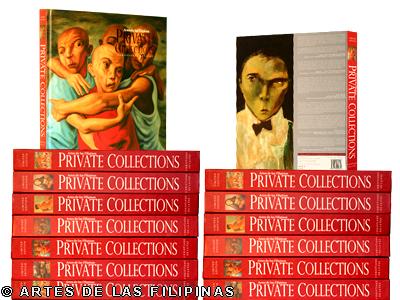THE NATIONAL ANTHEM
April 2015–The Philippine national anthem is the product of two minds: that of Julian Felipe, pianist and composer, and Jose Palma, a poet and soldier. Although the authors of this immortal piece worked independently from each other under varied situations, they were identically inspired by their lofty and idealistic ardor for their beloved Philippines. As a writer once said, “their combined authorship produced this valuable contribution to Filipino music and poetry; the former is a worthy reflection of the artistic and cultural development of the country, and the latter an expressive sentiment of the young Republic’s political life, creditable to the idealism of the people and suitable to the form of the new government.”
THE COMPOSER
The musical composition was originally referred to as Marcha Nacional Filipina. It was prepared by Julian Felipe of Cavite upon the request of General Emilio Aguinaldo on June 5, 1898.
It appears that Julian Felipe after the naval battle of Manila left Cavite with his family and went to San Francisco de Malabon and stayed at the house of General Mariano Trias till after the surrender of the Spanish troops in the town. Armed with a letter of recommendation from General Trias, Felipe went to Cavite to pay his respects to Don Emilio Aguinaldo who at that time assumed the title of Dictator. A brief account of the circumstances under which the Himno was composed, in the words of the composer himself, written on September 26, 1926, as translated by E. Baja says in part:
‘’Don Emilio Aguinaldo having learned through the letter of recommendation of General Trias that Julian Felipe was a pianist and a music composer, and there being a piano in the house, requested the latter to play a hymn which was composed by a Filipino and brought down here from Hongkong by Don Emilio Aguinaldo.
“To Don Emilio the music of that hymn seemed good, and excellent, as was also the opinion of Julian Felipe who was pleased with it, but Don Emilio wanted a national march, serious and majestic, and so he requested Julian Felipe to compose one, a task which the latter agreed to perform.
“Professor Julian Felipe purposely injected in his musical composition some melodical reminiscenses of the Spanish Royal March in order to preserve the memory of the old metropolis; a characteristics which, though vaguely, is noticeable in the inital measures of the Marcha Nacional Filipina.
“ Six days later, on the following Saturday, the 11th of June, Julian Felipe went to the residence of Don Emilio Aguinaldo with the rough draft of the march; and it so happened then that General Mariano Trias, Baldomero Aguinaldo, and other leaders of the Revolution were visiting him.
“General Trias seeing him come into the room where they were assembled, and desiring that the music requested by Don Emilio be heard by all, took him to the latter’s presence; and although they were thus occupied with matters of greater importance, suspended their deliberation to hear and pass judgement on the merit of the music which was to become later our national march.
“Professor Julian Felipe played his composition on the piano and was requested by those present to repeat it several times for the purpose of better appraising and judging its merits.
“Then after a brief interchange of opinion, the gentelmen present resolved to officially adopt the musical composition as ‘Marcha Nacional Filipina’; and Don Emilio Aguinaldo requested General Trias to see that the author go to San Francisco de Malabon for the purpose of teaching this new music to the town’s band which was selected to play it the following day, Sunday, June 12, 1898, on the occasion of the Proclamation of the Philippine Independence and the exhibition of our National Flag.
“Between 4 and 5 o’clock in tha fternoon of Sunday, June 12, 1898, the Act of Proclamation of the Philippine Independence took place, and that historical document was then read from the balcony of Don Emilio Aguinaldo’s house by the then Judge-Advocate Mr. Ambrosio Rianzares. After the reading of the proclamation, our national flag was displayed, while the music band of San Francisco de Malabon majestically played for the first time the Marcha Nacional Filipina.”
AT FIRST, NO LYRICS
For a time the Marcha Nacional Filipina remained without any lyrics. Eventually, its lyrics by Jose Palma, soon found its place into the hearts of every peace-loving Filipino. Thw words and verses were a fitting expression of a Filipino’s thoughts vividly expressed in words, meaningful and expressive.
The unexpected outbreak of hostilities with the Americans in 1898 promted Jose Palma, who was to become as immortal as his poems, to rejion the military ranks. His return to the folds of the staff of La Independencia, which was established in Bautista, Pangasinan, paved the way for the composition of the poem that was to become the priceless lyrics of the National Anthem.
The late Senator Rafael Palma gives us a comprehensive account of how the verse entitled Filipinas came to be the lines to go with the immortal Marcha Nacional Filipina of Julian Felipe.
“About the month of August, 1899, he (Palma) felt tired of the military life, and joined again his friends in the staff of La Independencia, then established in Bautista, Pangasinan. There he worked again for the newspaper, devoting his literary inclination in writing short stories.
“During the leisure hours allowed by the daily fidget, and especially at night after the day’s work, the members of the staff of La Independencia seeking to amuse themselves and to be releived from physical weariness, used to assemble together and sing or play on musical instruments. Their solus afflicted by the military situations, which was growing worst every day, needed spiritual elation, and they found it in singing war tunes and martial songs which made in them forget the bitterness of a sad realtiy. Fernando Guerrero and Jose Palma, both endowed with musical instinct, devoted themselves to writing verses adaptable to well known musical compositions.
“It was in one of those occasions that Jose Palma saw the necessity of writing a poem for the words of the Marcha Nacional Filipina. Although this march was known since the beginning of the Revolution and was hummed by everybody, it had not yet then any words accompanying it. To suit its music he wrote a poem, Filipinas, which was published for the first time in the issue of the first anniversary of La Independencia on September 3, 1899. The spirit of his verses glowed with an optimistic faith in the future because therefore it was the general belief that it would be impossible for the American forces to dominate the entire archipelago. The member of the staff of La Independencia were the first to sing these verses, but their mission in popularizing them was ended when they were forced to disperse on account of the invasion of the town of Bautista by the American troops. Thereafter, however, the public made the verses popular in combination with the tune of the Marcha Nacional Filipina.”
FILIPINAS
Tierra adorada,
Hija del Sol de Oriente
Su fuego ardiente
En ti latiendo esta.
Patria de Amores,
Del Heroismo cuna,
Los invasores
No te hollaran jamas.
En tu azul cielo, en tus auras,
En tus montes y en tu mar
Esplende y late el poema
De tu amada libertad.
Tu pabellon, que en las lides
La Victoria ilumino,
No vera nunca apagados
Sus estrellas y su sol.
Tierra de dichas, de sol y amores,
En tu regazo dulce es vivir,
Es una gloria para tus Hijos,
Cuando te ofenden, por ti morir.
Note: With no author to recognize, this article appeared in Pamana 10, September 1973. It was reprinted from Variety on June 12, 1966.



